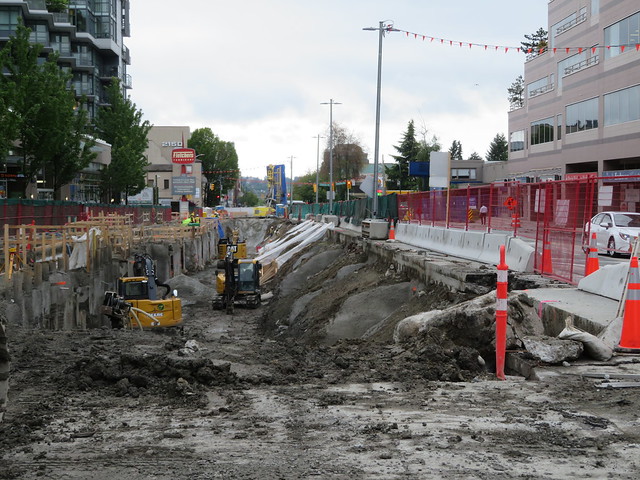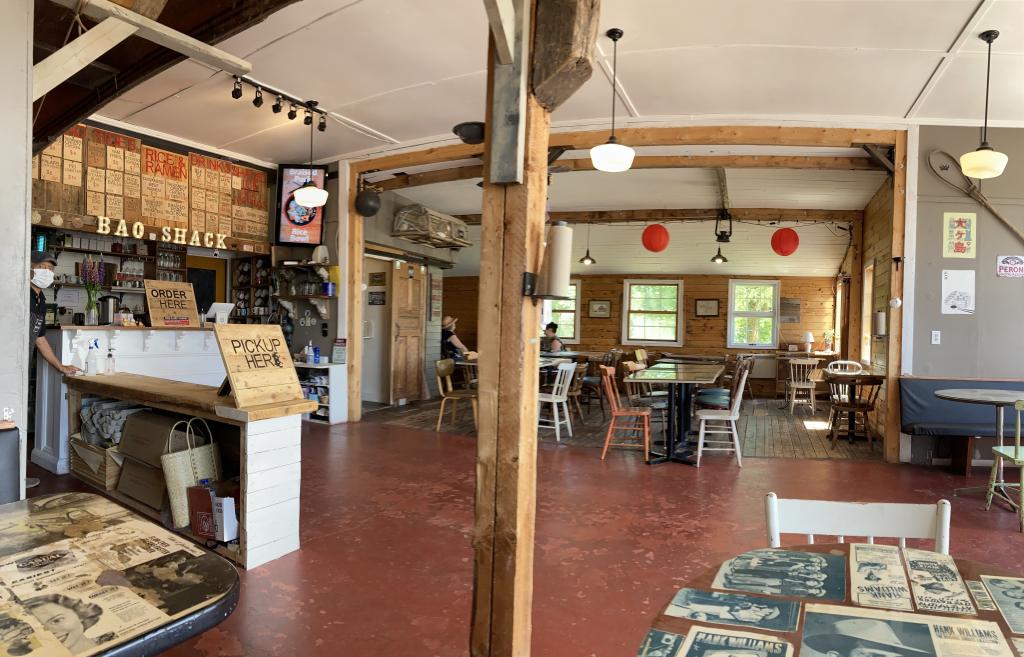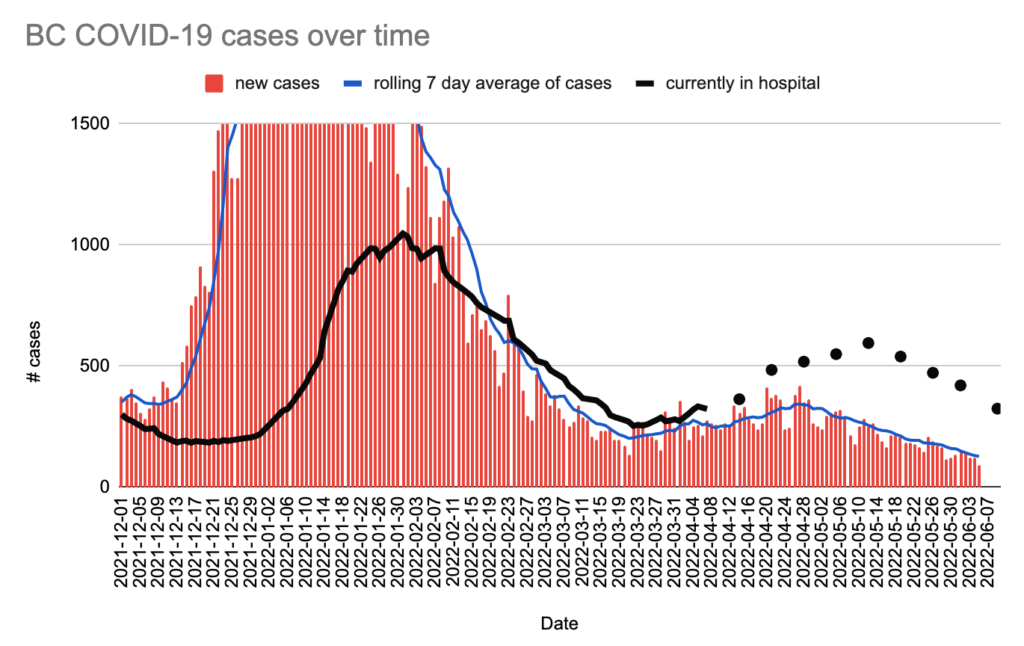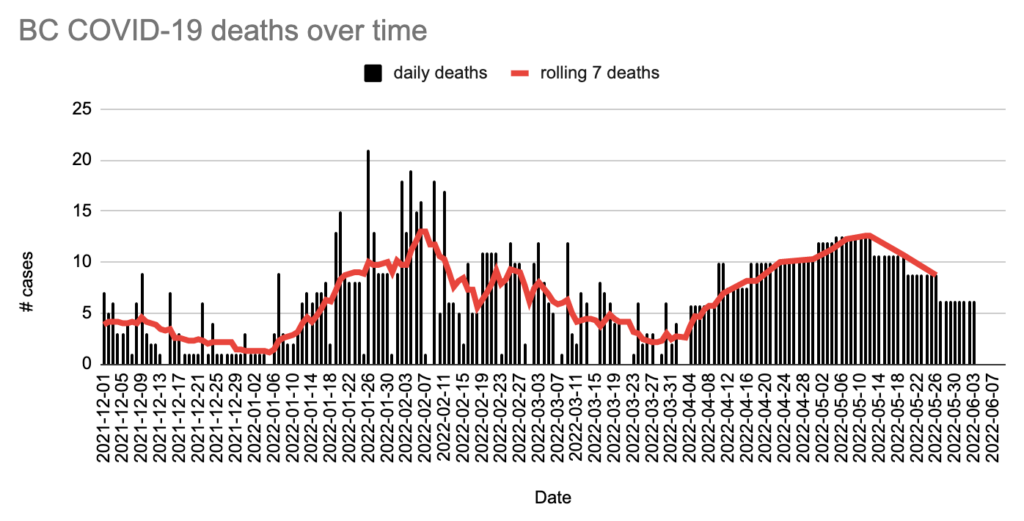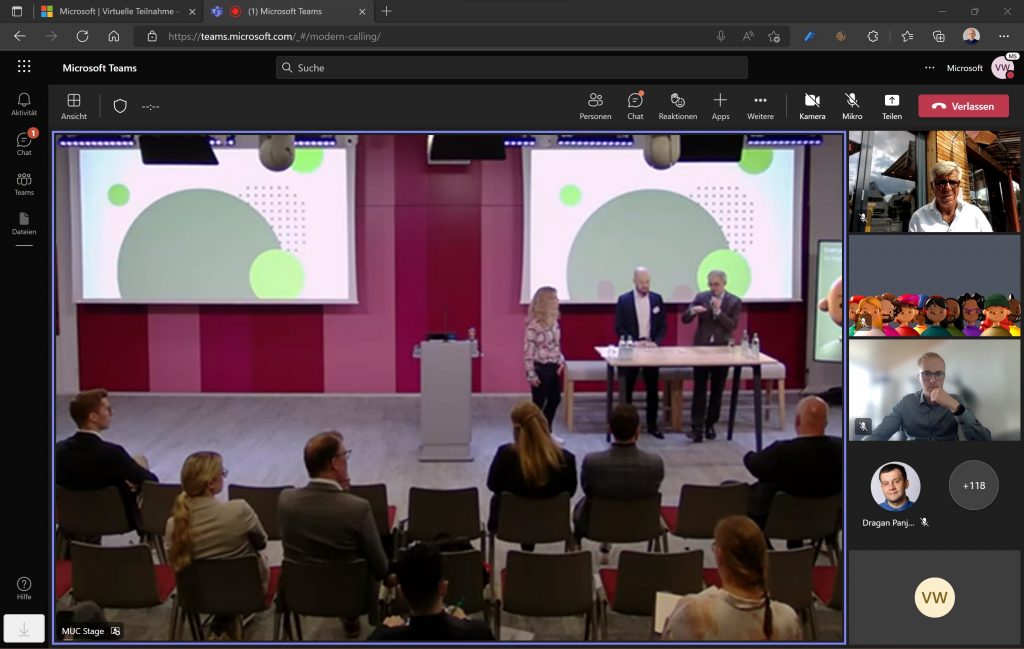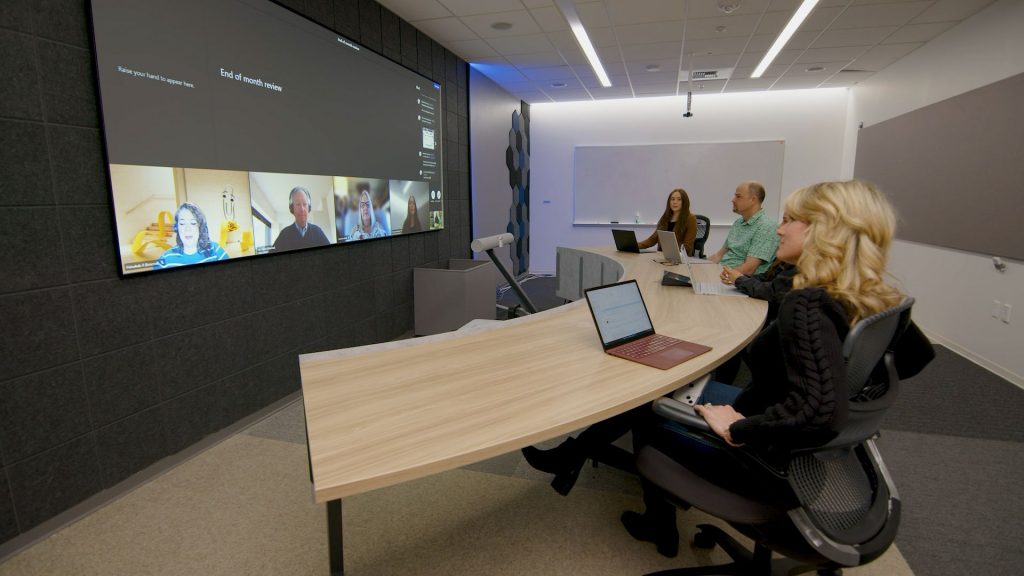More than two years into the pandemic, Dr. Neeja Bakshi is still routinely breaking the painful news to families that their loved one is dying of COVID-19.
"It's not going anywhere. Knowing that we're going to continue seeing the devastation from this virus is hard to see," said Bakshi, an internal medicine specialist at Edmonton's Royal Alexandra Hospital.
"It's kind of demoralizing."
Alberta's COVID-related death toll so far in 2022 is higher than the same period in previous years of the pandemic.
There were 1,247 deaths between Jan. 1 and June 6 of this year, compared to 1,038 during the same time period last year and 152 in 2020.
"We've seen death from other viruses. We've seen death from influenza. We've never seen this amount of death," said Bakshi.
"I think the amount is still staggering for those of us in health care to see. That this is still a really potent virus. This is still a virus that can cause severe devastation."
Low 3rd dose uptake
Omicron has hit Alberta particularly hard. If you factor in both the BA.1, the original Omicron variant and its BA.2 subvariant — which swept through Alberta back to back during the early part of 2022 — it's been deadlier than the Delta wave in the fall of 2021.
"We're — in this current wave — seeing more deaths per capita than Ontario and Quebec," said Dr. Daniel Gregson, an infectious diseases physician and associate professor at the University of Calgary's Cumming School of Medicine.
"With the Omicron wave and our removal of all restrictions, we're seeing many more people becoming infected and as a result, we're having a bit of a large number of excess deaths relative to other years."
Similar trends have been reported in other jurisdictions including Massachusetts, he said.
There are several factors contributing to the high death toll, according to Gregson, including the sheer volume of people who've been infected with BA.1 and BA.2 and the province's low uptake of third doses of the COVID-19 vaccine.
Everyone 12 and older can book a third dose in Alberta at least five months after their second dose.
The fourth dose is available to all seniors 70 and older, First Nations, Métis and Inuit people age 65 and older, and all seniors in congregate care regardless of age, as well as individuals with certain immunocompromising conditions.
Yet Alberta lags behind all other provinces with just 38 per cent of the population having rolled up their sleeves for a third shot.
"Our lack of third doses has certainly played a role in our poor performance relative to B.C. and Ontario," said Gregson, noting one in 1,000 Albertans have died of COVID-19 since the start of the pandemic.
The latest Alberta Health statistics show that, over the last 120 days, death rates are higher in nearly all age groups among unvaccinated people and those who've had two immunizations compared to those who've had three doses.
"Unfortunately, individual choice often leads to poor choices in not updating your immunization. Our biggest bump in vaccines … have been with the implementation of restrictions on people who aren't fully vaccinated."
The number of daily COVID-related deaths has dropped in recent weeks but the baseline for both deaths and hospitalizations remains stubbornly high .
'Get your shots'
Dr. Noel Gibney agrees Alberta's lagging vaccination rate is a key driver of the high 2022 death toll.
"COVID isn't gone. It's still out there. We need to protect ourselves. We need to protect our families and to understand that full vaccination now means at least three shots," said Gibney, professor emeritus of critical care medicine at the University of Alberta.
"The bottom line is … if you have significant comorbidities, if you're over 50, you are at significant risk of getting seriously ill. And for that reason, get your shots — which means your third shot, too, and your fourth shot if you're eligible."
Doctors are urging Albertans who are eligible for treatment, including the antiviral Paxlovid, to test and get help right away if they have symptoms. And they say immunocompromised people should talk to their specialists about taking Evusheld, a preventative therapy that recently became available in the province.
According to Gibney, while many people who die tend to be older, COVID is still claiming the lives of younger Albertans who don't have serious underlying health conditions.
"Obviously, statistically, if you're 20 or 30, your risk is pretty small but it isn't zero."
Bakshi believes deferred health care during earlier waves of the pandemic is also playing a role in the high death toll.
"I think what we're seeing now is kind of this amalgamation of really sick patients from everything else. And then if they get COVID, the outcome is worse," she said.
Gibney expects the death numbers will drop temporarily over the summer as people spend more time outdoors.
But he worries about a resurgence in the fall — something the province's chief medical officer of health has warned Albertans should expect.
With 4,567 lives lost in the province due to COVID-19, Gibney cautions against underestimating the ongoing threat.
"If this was from any other cause — supposing planes were crashing, supposing we were crashing our cars … we would be extremely concerned and up in arms.… This is a huge problem," he said.
"And the way that many people are trying to deal with it is to basically say I'm not going to think about it anymore. It's over."



